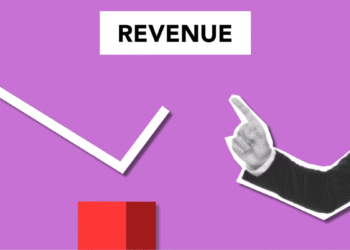Nothing makes your heart sink faster than seeing a failed transaction come through.
Whether you’re running an e-commerce shop, selling digital downloads, or offering coaching services, payment errors feel like golden opportunities slipping right through your fingers.
I’ll never forget this one weekend — we had a promo running, traffic was booming, and sales were pinging non-stop. But then, out of nowhere, everything just dropped. My gut told me something was wrong. Sure enough, I found a spike in cart abandonment. Turns out our payment processor was throwing errors during checkout. One glitchy plugin update had clashed with our Stripe integration — and just like that, we were bleeding revenue.
Don’t Panic, Start With the Data
When payments start failing, don’t jump to conclusions. You’ve got to get your hands dirty with the data.
-
Pull the logs from your payment processor.
-
Check your email error alerts.
-
Look at the decline codes — Stripe and PayPal usually log those.
Start asking questions:
-
Is it happening with specific card types?
-
Are international payments being rejected?
-
Is the problem coming from your gateway, or something on your site?
Using Stripe for payment processing taught me that even a minor plugin conflict can tank your entire checkout. That one cost me thousands in lost sales before I caught it.
Build a Fail-Safe Checkout Process
After that fiasco, I put in backup systems to bulletproof my checkout.
-
Offer multiple payment options: Don’t rely on just one provider. If you’re only using Stripe or PayPal, you’re vulnerable. How to offer multiple payment options is something every business should know from day one.
-
Test your checkout flow monthly: Pretend you’re the customer — try to buy your own product on both desktop and mobile. I’ve caught bugs that no automated tool ever noticed.
-
Make your error messages helpful: “Something went wrong” isn’t a message. Tell them what happened. If their card was declined, say it. If it’s a gateway timeout, let them know to retry in a few minutes.
Communicate Fast. Fix Even Faster.
This is where you build (or lose) trust. If something breaks, tell your customers before they tell you.
A banner, an email, even a pinned social post — anything’s better than silence. I once had a loyal customer email me after three failed attempts to buy my course. I gave her 10% off as a thank-you for her patience. She appreciated the honesty, not the discount.
Set Up Alerts and Automations
Now, I’ve got automations that notify me if five or more transactions fail in an hour. You can set these up using Stripe’s alert settings or through Zapier.
If a customer’s recurring payment fails, they get a friendly automated email with a retry link. I keep it casual:
“Hey! Looks like your payment didn’t go through — no worries. You can update your info here. Let us know if you need anything!”
It’s not just about saving the sale — it’s about showing them you care. And for subscription-based services, handling subscription cancellations the right way is just as important.
Payment Errors Are Frustrating. But Fixable
You won’t catch every error. But you can control how fast you respond, how well you communicate, and how easy you make it to recover.
What used to feel like chaos now feels manageable. And honestly? When a customer replies, “Thanks for making that so easy,” it feels like a win.
That’s what turns a failed transaction into a brand-building moment.







